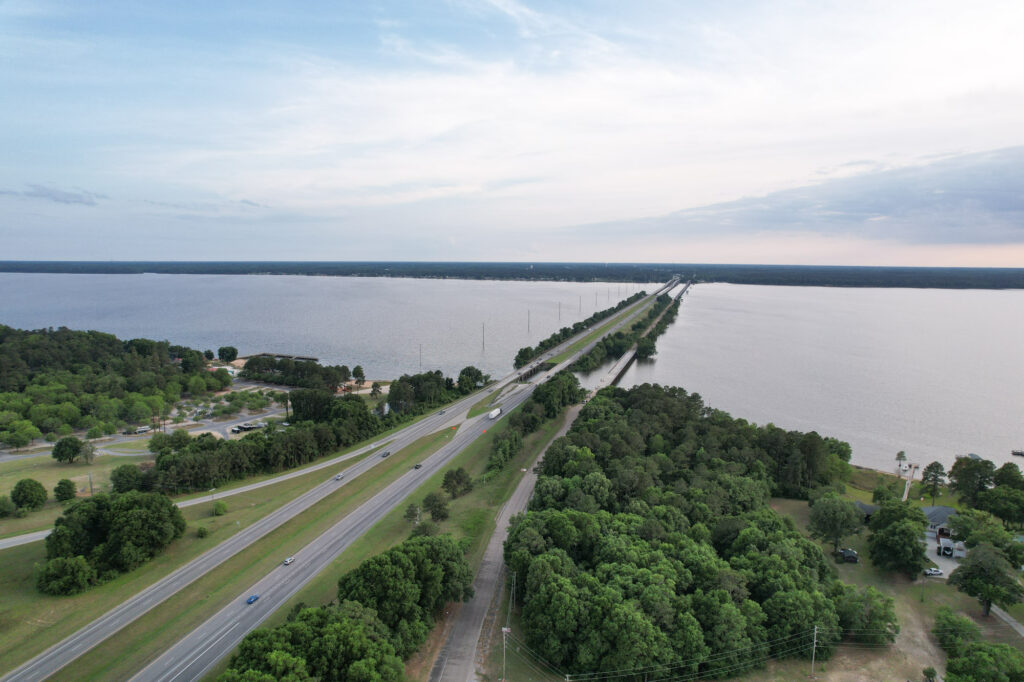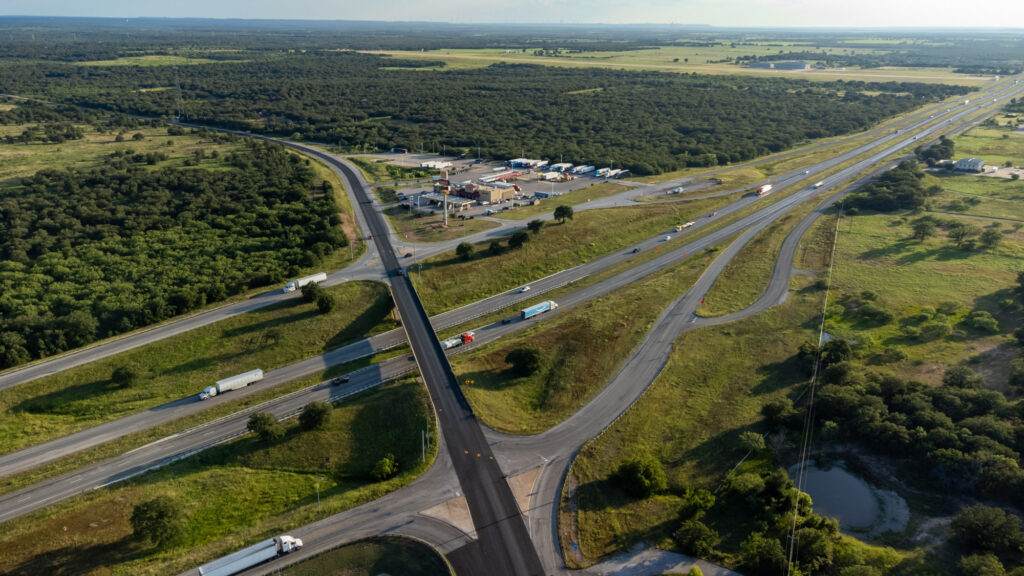Highway driving can be incredibly dangerous for the unprepared. A lot can go wrong when driving at high speeds over long distances, and it doesn’t help that you’ll need to share the road with other drivers as well.
Some of the most dangerous highways in America are perilous specifically because they’re so widely used – especially by truck drivers.
Collision accidents with trucks on the highway are often fatal. The likelihood of these accidents occurring increases exponentially when it rains, snows, or gets foggy. So it pays to know which highways to be extra careful on and what you can do to prepare for them.
The Deadliest Highways in America
Inclement weather, extreme temperatures, and even the presence of other drivers can make a simple drive through the highway a life-threatening one. In no particular order, here are some of the most dangerous highways in America relative to how many accidents and vehicle-related fatalities occur in them.
I-95, South Carolina

It’s arguable that I-95, or Interstate 95, is the most dangerous highway in America, stretching across the entirety of the East Coast. The highway is an estimated 1,920 miles long, running across 16 states from Florida to Maine.
In South Carolina, approximately 30 people get into fatal car accidents on I-95 alone every year. However, the number of deaths per year across the span of I-95 exceeds 285.
Many accidents occur in wintertime due to heavy snowfall, black ice, and cold temperatures.
US-1, Florida

US-1, or U.S. Route 1, is another extremely dangerous highway on the East Coast that runs from Florida to Maine.
It’s similar to I-95 in many ways, but US-1 is further west, closer to the coast. The highway is roughly 2,390 miles long, running across 15 different states.
What makes US-1 so dangerous is the number of drivers who use it. It’s one of the busiest roads in America, becoming one of the deadliest roads in the country by default.
I-20, Texas

Another dangerous highway is the Interstate 20, or I-20, which is approximately 636 miles long and runs from Texas to Louisiana.
This intersection can be deadly to drivers because of its poor infrastructure and a lack of regular road maintenance. It’s also connected to most of the other highways in Texas, making it confusing to navigate.
It doesn’t help that Texas is infamous for its harsh and unpredictable weather, making it tricky to prepare for a long drive on the I-20.
Dalton Highway, Alaska

The James Dalton Highway in Alaska is significantly shorter than the other highways on the list, but make no mistake – it’s every bit as dangerous.
The highway itself is 414 miles long, and the drive features gorgeous views of the Yukon River as well as Alaskan forests as far as the eye can see.
It’s cold, especially in winter, meaning drivers need to watch out for black ice and snowfall. Other hazards include unpaved roads and loose gravel that can reduce traction.
Preparation is a must when driving through the Dalton Highway because of how remote and far away it is from civilization. The highway only cuts through three towns, and there’s a long 240-mile stretch without any rest stops.
In short, drivers won’t find any gas stations, restaurants, or motels for approximately 4-5 hours.
I-5, California

Last but not least, California’s I-5 or Interstate 5 deserves attention as one of the deadliest highways in America. What makes this 797-mile intersection so perilous is its steep inclines and harsh weather conditions.
Approximately 150-200 people die in I-5 every year, with the most common cause being collision accidents with the commercial trucks that often use the highway.
Visibility in the intersection is often low due to dust storms and rainfall, which make it far easier for drivers to get into accidents.
Safety Driving Tips When Braving Dangerous Highways
Never take on America’s most dangerous highways unprepared. Whether you’re going on a road trip or just passing through, conduct a quick maintenance to ensure your vehicle is in great shape.
Here are other handy tips to keep your driving experience on America’s highways smooth and safe.
Avoid Driving at Night
Visibility decreases drastically after sunset, making it hard to watch out for other vehicles and road hazards. If your trip isn’t urgent, it’s best to drive through highways during the day.
Drive Predictably and Maintain a Steady Speed
Highways are long and winding. Driving on them can get monotonous even though drivers can go fast.
You can’t count on other drivers to stay focused on highways, so drive predictably and maintain a steady speed. It’ll help you maintain control and adjust accordingly in case you come across reckless speedsters and other irresponsible drivers.

Focus on the Road
Turn off your gadgets or put them on silent mode to prevent distractions. Keep a sharp eye out for other cars, obstacles, and other road hazards that might cause problems.
Keep Your Distance from Other Cars
Maintain a three-second following distance from other vehicles at all times to give yourself ample time to react in case the car in front of you slows down or comes to an abrupt stop.
Keeping your distance is crucial when sharing the road with trucks because of their blind spots and poor maneuverability.
Stick to Your Lane
Avoid overtaking other vehicles if possible to minimize the risk of traffic accidents.
Change lanes and overtake other vehicles only if you have to. Don’t forget to use your turn signals to let other drivers know of your intentions.
Stay in the Know
Watch the news to stay up-to-date about traffic and weather conditions before driving. Hold off on your road trip if a storm is coming, if there’s heavy snowfall, or if there’s a lot of traffic.
Use Appropriate Tires
Install winter tires when snow starts to fall to maximize your vehicle’s grip on the road. These tires withstand freezing temperatures and improve traction on snowy, icy surfaces.
Any information provided on this Website is for informational purposes only and is not intended to replace consultation with a professional mechanic. The accuracy and timeliness of the information may change from the time of publication.


















